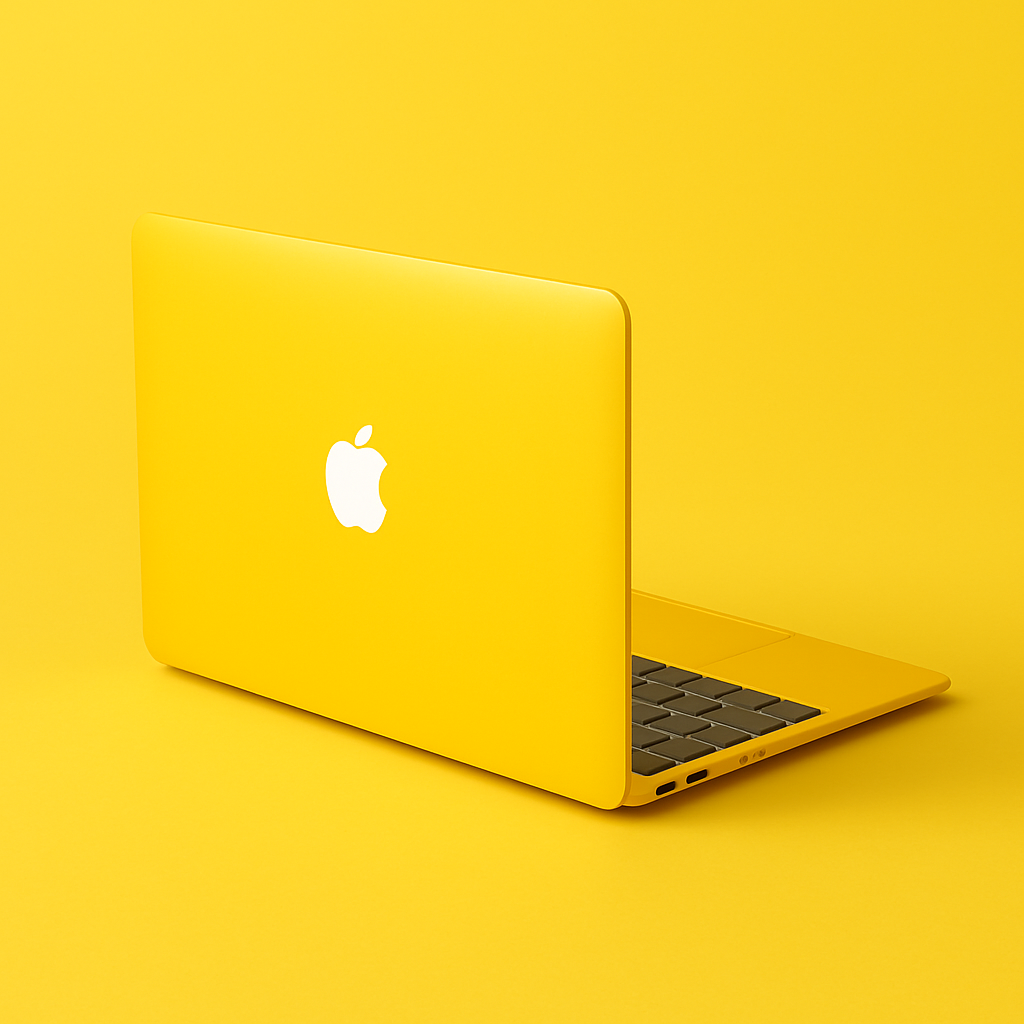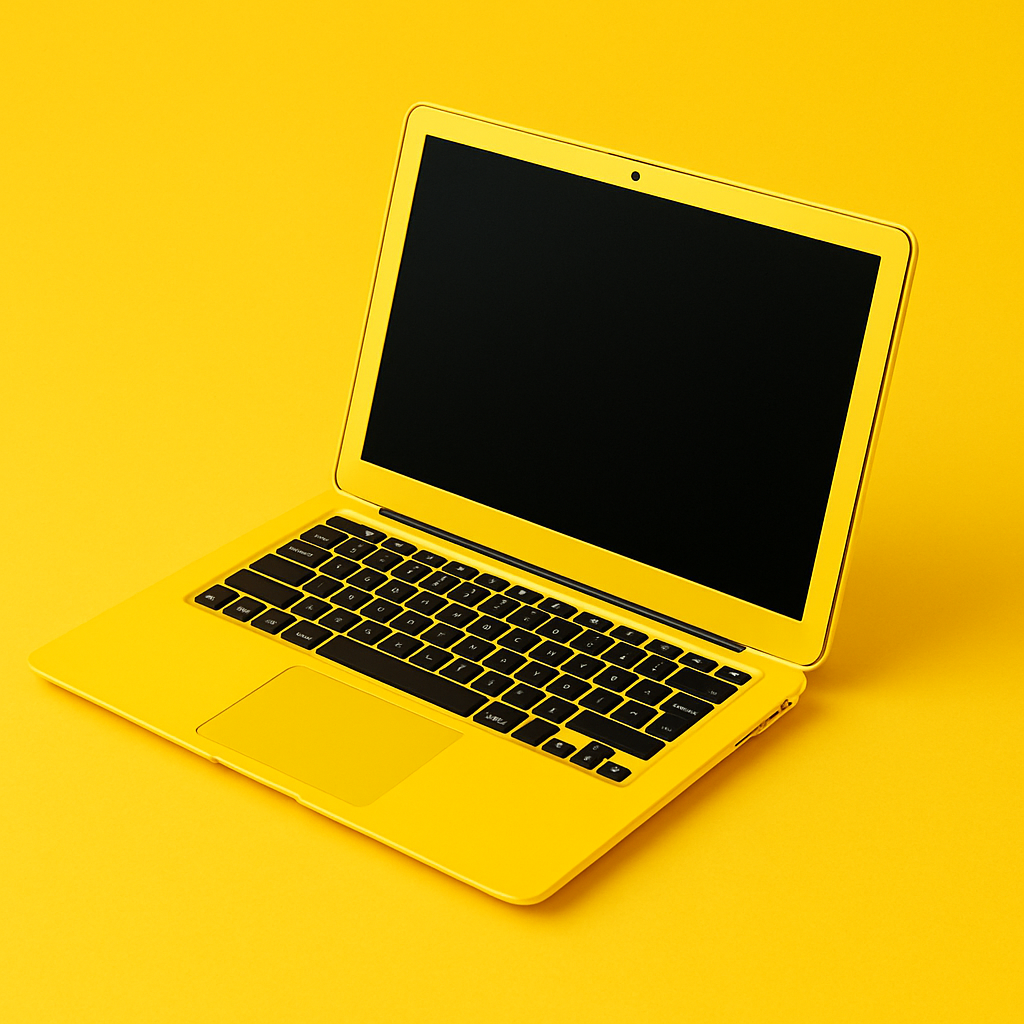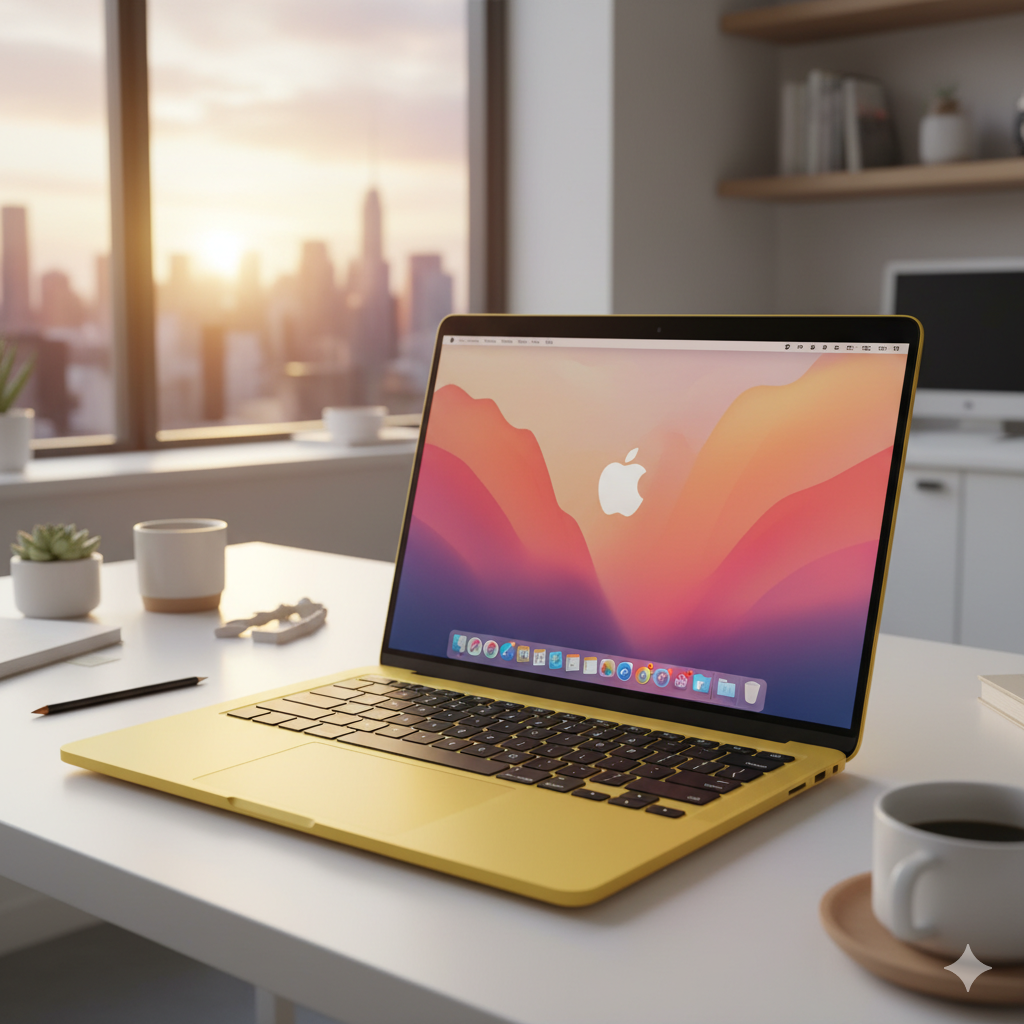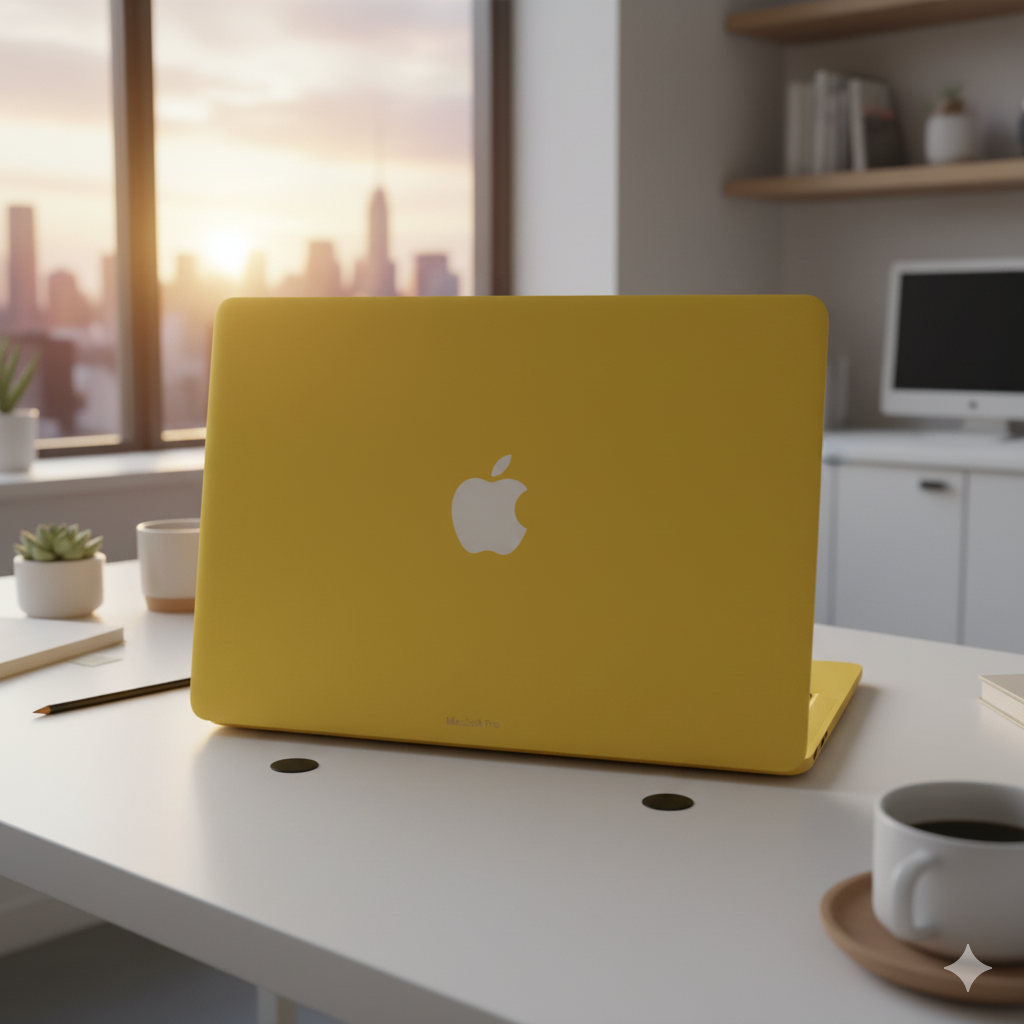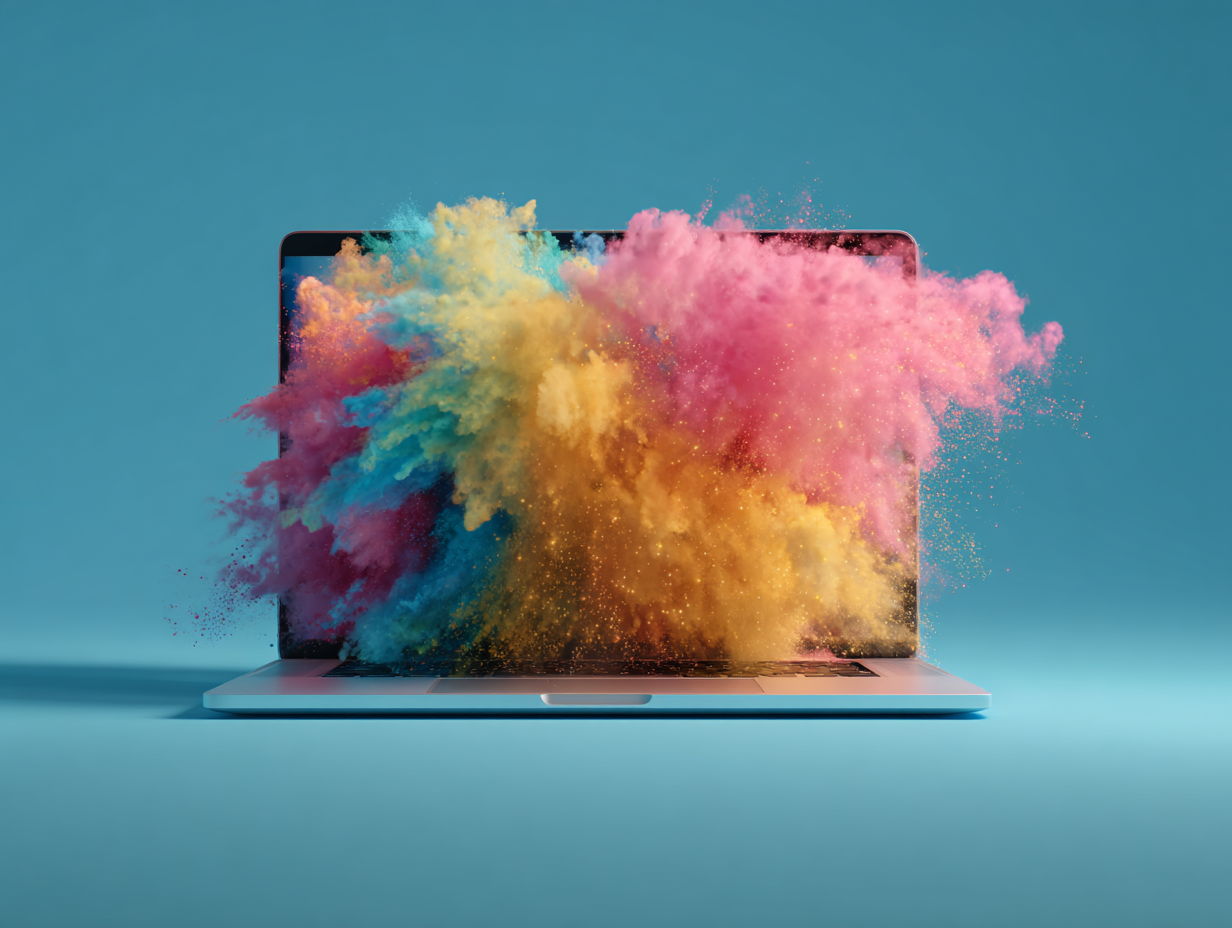How Low Will Apple Go?
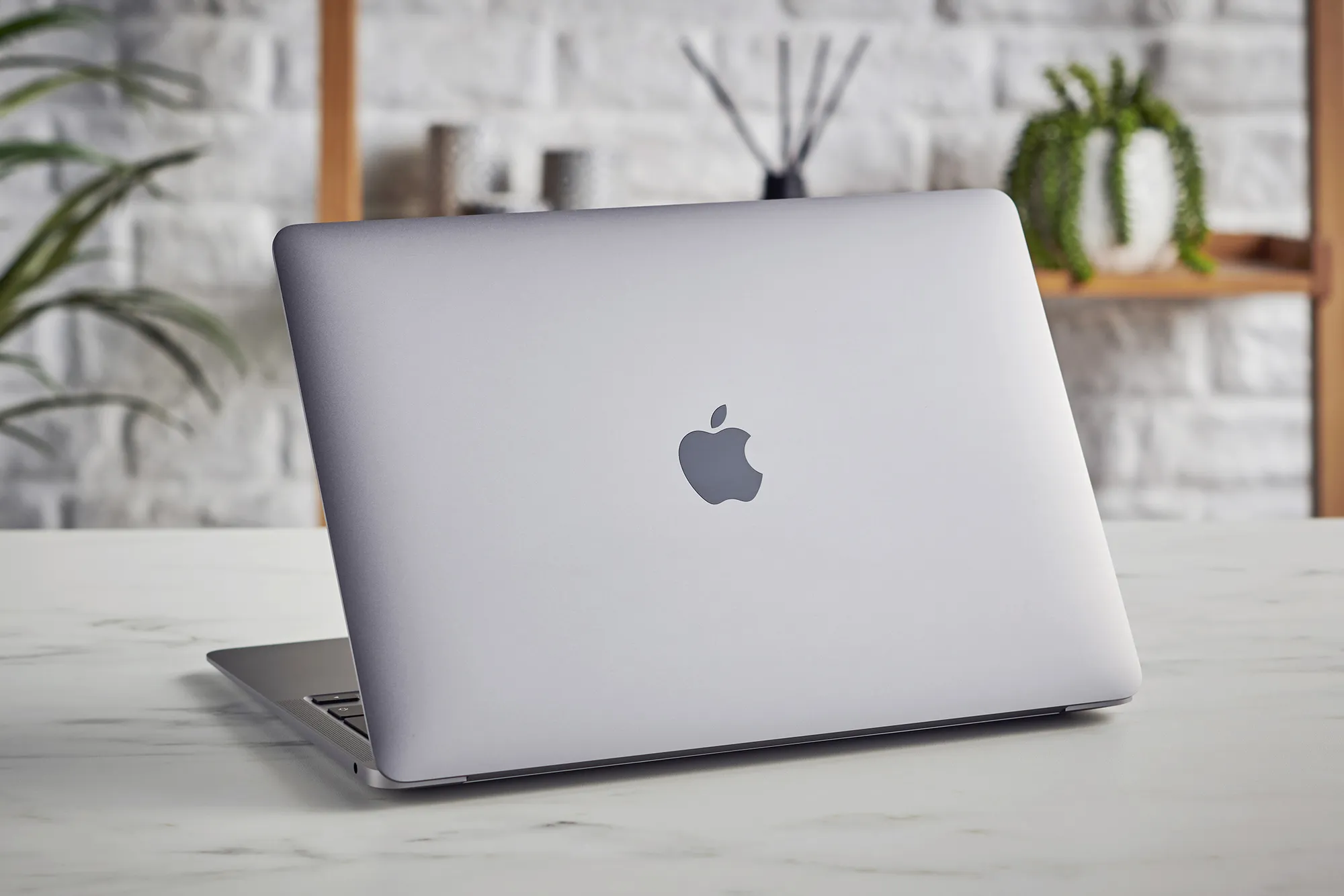
Back in June, rumors first surfaced that Apple would be going downstream with a cheaper (or in Apple's preferred parlance "more affordable") MacBook. While you obviously always have to be wary of any reports about Apple doing anything revolving around price, this seemingly made sense for a few reasons. First and foremost, while we currently have a 'MacBook Air' and 'MacBook Pro' in Apple's lineup, there's a glaring marketing hole for the good old, simple 'MacBook'. And while there's no word on the branding of the device here, the name is right there for the taking with this:
Apple Inc. is preparing to enter the low-cost laptop market for the first time, developing a budget Mac aimed at luring away customers from Chromebooks and entry-level Windows PCs.
The new device — designed for students, businesses and casual users — will target people who primarily browse the web, work on documents or conduct light media editing, according to people familiar with the matter. Apple is also targeting would-be iPad buyers who might prefer a traditional laptop experience instead.
Code-named J700, the machine is currently in active testing at Apple and in early production with overseas suppliers. The Cupertino, California-based company plans to launch it in the first half of next year, said the people, who asked not to be identified because the product hasn’t been announced.
The student angle is interesting – and something I've long thought about. When I was a kid, Apple dominated education – my entire school was filled at first with Apple IIs then later with Macs. This was true all the way through college, when even the computer labs at Michigan were filled with more than half Macs. But for whatever reason, Apple decided to cede that market. Well, the reason was most likely low-cost PCs and later Chromebooks rushing in, which Apple chose not to compete with, price-wise, in the Mac lineup, but clearly thought the already lower-cost iPad could fill that void.
Certainly it has to some extent, but as Apple itself has made abundantly clear in their own positioning, the iPad is not a PC – as in, a personal computer. And often times to get "real" work done, including in school, you still need that full-on computer. So now, finally, Apple seems set on giving schools a real option for such a machine again.
So how is Apple going to do such a machine without squeezing their famously protected margins to death? Ming-Chi Kuo also seemed to nail this aspect back in June – an iPhone chip:
Apple plans to sell the new machine for well under $1,000 by using less-advanced components. The laptop will rely on an iPhone processor and a lower-end LCD display. The screen will also be the smallest of any current Mac, coming in at slightly below the 13.6-inch one used in the MacBook Air.
This would mark the first time that Apple has used an iPhone processor in a Mac, rather than a chip designed specifically for a computer. But internal tests have shown that the smartphone chip can perform better than the Mac-optimized M1 used in laptops as recently as a few years ago.
This chip news was the most surprising aspect of the rumor back then – it's a chip designed for the iPhone when Apple already has chips designed for the Mac – but it also seemingly made some sense, as I wrote at the time:
It's less clear how reliable Kuo's information would be about what is powering such machines. But it seems reasonable enough to think that Apple could use the 'A' series chips found in iPhones, as Mayo points out, they're certainly powerful enough, with similar performance to their 'M' series cousins which have been used in MacBooks since they switched to Apple Silicon (the iPad switches between the two series, with the 'Pro' models now getting the 'M' chips).
One big benefit of using the 'A' series chips: Apple produces them at a much higher quantity thanks to the iPhone (and to a lesser extent, the lower-end iPads). So presumably they carry a lower cost and as such, could lead to price savings for an actual MacBook device. But would it be better than, say, using the last generation of the 'M' series chip? Hard to say...
It seems easier to say now. While it's again not clear how Apple would brand such a chip, it does sound like it will be a chip more akin to the 'A' series than the 'M' series. And that branding could be key for making this seem more like a new device and not just "yesterday's model" of MacBook – a strategy Apple has been trying out with Walmart around their OG M1 MacBook Airs. Perhaps Apple got enough compelling data at the $699 price point for these machines that they felt the need to dive deeper with their own new SKU...
While no specific price is given in this report aside from "well under $1,000", the big question is how low Apple will go here. They have a lot of room below the current $999 M4 MacBook Air – which is $899 with a student discount. Is $799 low enough for this product? Do they have to meet the $699 price of the Walmart MacBooks? Could they do $599 to get it in line with the iPad + Keyboards? Do they dare do $499 to get their machines actually competitive with Chromebooks?
Let's not get carried away.
I guessed the $799 price point back in June and I'm sticking to that. Perhaps $699 with that student discount. And Apple would frame it, as they always do, as "not the cheapest, but the best" (in that general segment).
That would give us a lineup that looks like:
- MacBook Pro (16"): $2,499
- MacBook Pro (14"): $1,599
- MacBook Air (15"): $1,199
- MacBook Air (13"): $999
- MacBook (13"): $799
Nice and clean. And as much as I might love a return of the old school 12" MacBook, given the target market here, focusing on a still robust (though apparently slightly smaller than the 13.6" of the current MacBook Air) 13" screen probably makes sense.
And this device overall would be yet another move by Apple to flex their true muscle. Not AI, but machines. A MacBook for students. A MacBook with a modem? A MacBook with a touchscreen...
One more thing: the real wild card here could be color. Kuo's original report mentioned color options (though one could see how his "pink" and "yellow" options could actually be "rose gold" and "gold"), but imagine if Apple really brought the fun back to the lineup with iMac-like colors? With the glowing Apple logo long dimmed, might this be the new status symbol for students?
